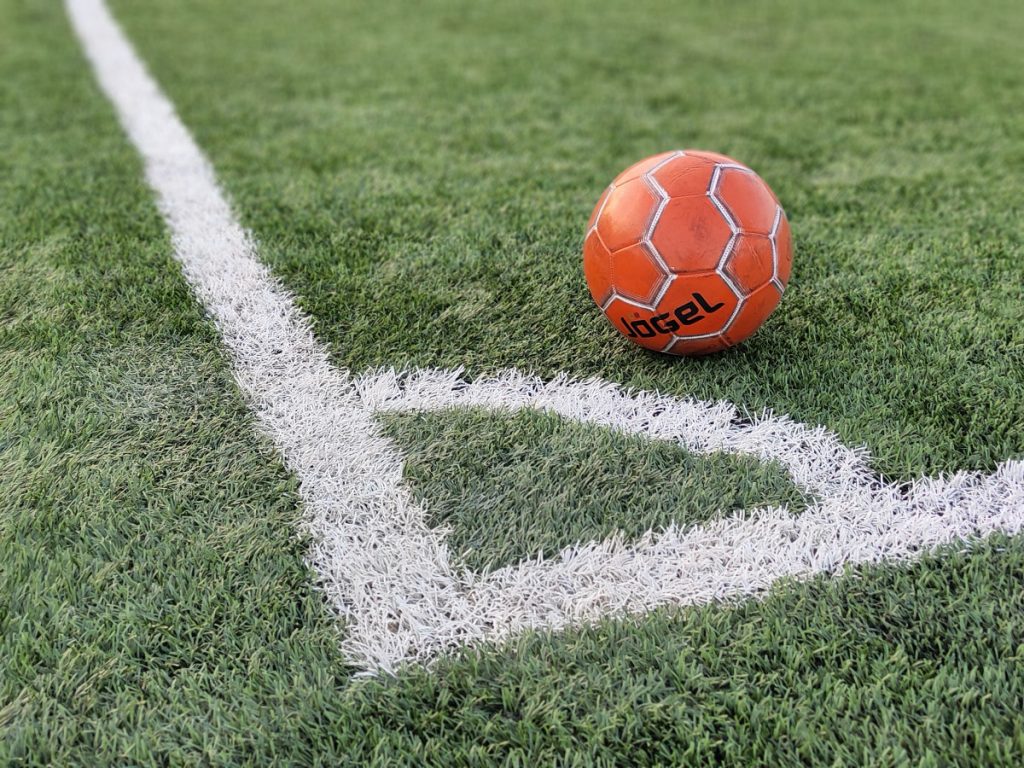Yet more ill-informed discussion on artificial turf. The Welsh Assembly discusses an emotive issue and faces calls for tighter controls of artificial sports surfaces
Plastic Pollution: Wales Should Cut 3G Sports Pitch Waste
Lobbyists in Wales have been campaigning for the replacement or tight controls on the use of artificial sports surfaces.
Rubber crumb made from car tyres is used on many 3G pitches and children’s play areas to give the surface more bounce.
But environmentalists claim it can harm the environment. This is despite evidence to the contrary from experts around the world.
A Welsh assembly committee has urged action. The Welsh Government said it was taking action to tackle plastic pollution.
There are currently about 50 3G artificial football pitches across Wales, and the Football Association of Wales (FAW) wants to raise this to 100 by 2024.
The all-weather surfaces are popular as they avoid matches having to be cancelled due to waterlogged pitches.
But there are calls for more to be done to stop pollution from the pitches, with research claiming between one and five tonnes of infill, made from tyres, from the pitches is lost every year. Yet, a controlled football field in Sweden showed that only 1kg of rubber was lost per year per pitch. To lose a tonne would require the loss from 1000 pitches. (See interview with Fredrik Ardefors of SDAB in Tyre and Rubber Recycling 2019/4).There are more significant issues to be dealt with, such as creating a domestic waste recycling industry that does not rely on exports to survive.
This rubber and plastic waste can allegedly then end up in waterways when players shower or wash their clothes, or into streams close to pitches.
Time and time again, detailed research into artificial sports surfaces has been unable to show any connection to any health issues. The ECHA has told the EU that there is no significant risk.
There needs to be a concerted, independent review of the use of artificial sports surfaces – looking at all aspects of how they impact upon the environment, health and well-being. The issue needs to be put to rest to prevent harmful and ill-researched claims being promoted without any substance of note. The impact must be quantified.




















